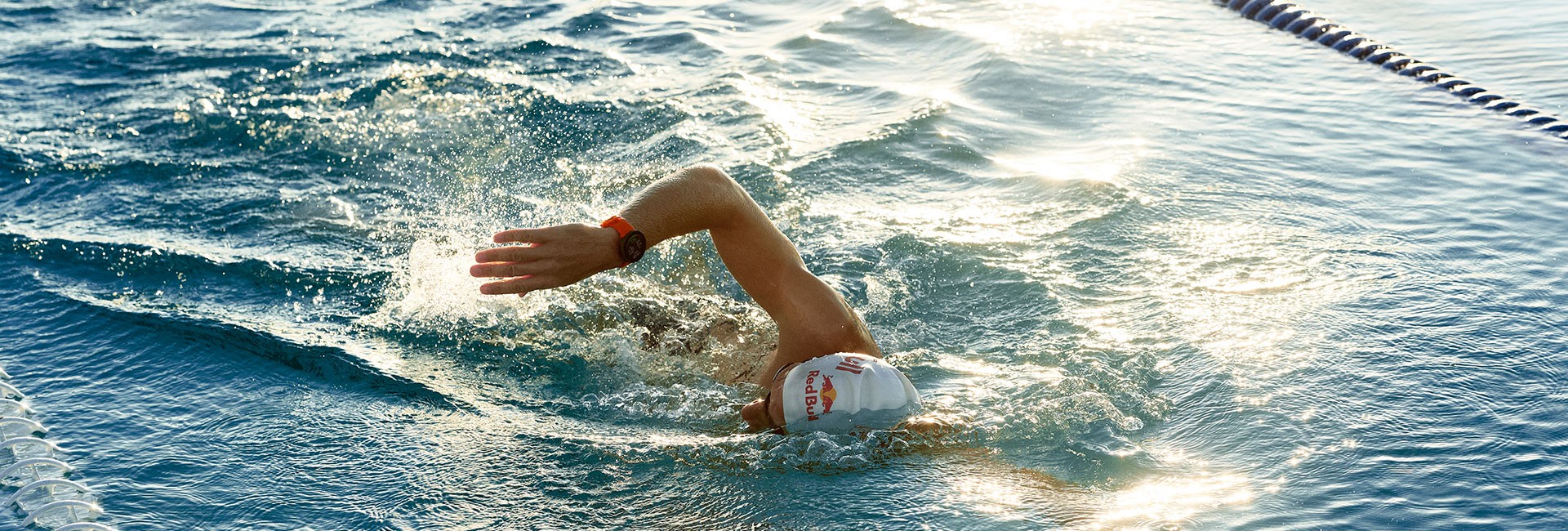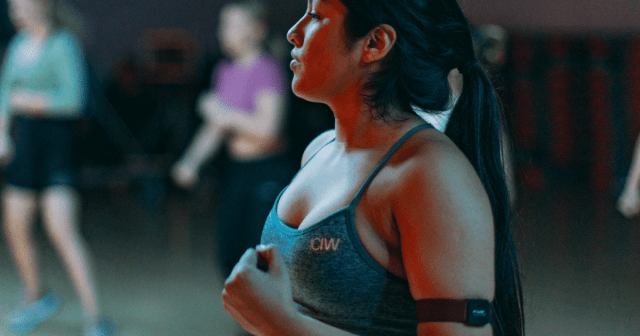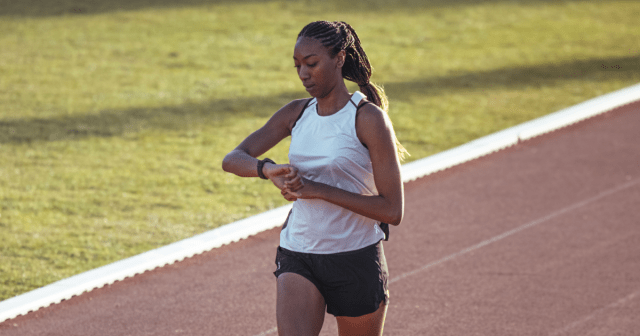Swimming is one of those unique sports many of us have been enjoying since we were kids. On the surface (no pun intended), swimming is about as basic as it gets — with just a few lessons, anyone can be water safe and move from Point A to Point B without issue.
But as a novice swimmer progresses from doggy paddle into specific strokes, it becomes much more apparent how little tweaks can make a big difference in both performance and efficiency — especially as things get more and more competitive.
And as an athlete advances through their swimming career (whether you’re a collegiate athlete or a self-taught IRONMAN-in-training) it’s all-too-easy to pick up bad habits along the way. Just take a seat and watch swimmers at your local pool for a few minutes — no two swimmers have the same mechanics.
Proper guidance from a coach can help combat these bad habits with any stroke, including freestyle swimming. This usually includes a visual assessment (sometimes recorded on video), with actionable tips and training plans tailored to your ability and skill level.
Enter Sandy Ziya — she’s not only a USA Triathlon Certified Coach and USA Swimming Coach, but she’s a functional physician, acupuncture physician, and certified personal trainer and yoga instructor. Basically, she does it all.
While we can’t deliver personalized instructions just for you in this article, here Coach Ziya unpacks five of the most common mistakes she encounters with freestyle swimming technique and provides quick-and-dirty tips on how to improve.
Mistake #1: Head position
When it comes to freestyle swimming technique, head position is almost always too high in my opinion, with anxiety about access to oxygen the likely source of it!
Tips to improve
To improve head position, use the pool. The open water is too challenging in general and it’s tough for novices when it comes to head position — ultimately ending in frustration. Use the lane lines as your gaze point when turning to breathe, keeping a much flatter horizontal position.
If you can give complete descriptions of cloud formations, then you’re likely lifting and turning too far. Also, use the bottom line in the pool to keep your gaze lower when not breathing. The angle will change slightly as the line ends to spot the wall to turn. Over time, if you flip turn, this will be natural and no position change will be needed.
Mistake #2: Arm extension and pull
The most common mistakes are pushing down into the water, and the glide caused by overextension. The glide slows you down too much, creating long gaps in the stroke rate.
Pushing down on the water moves you in the wrong plane. You should be moving in a horizontal, not vertical, plane and therefore you need to pull the water back behind you — moving the body forward in the process.
Tips to improve
I like using paddles to help eliminate the ‘push down,’ and I also like using the weight room. All you need are cables and a mirror to view your body movements.
This will build muscle memory that translates into the water.
While pulling the cable back, get in a forward lean position, keep elbows up and pull back while slightly rotating. Don’t worry about the funny looks, the other swimmers in the gym will appreciate what you’re doing!
Mistake #3: Body rotation
A flat body rotation is one common mistake I see, which creates short strokes and poor mechanics overall. When we rotate and reach effectively, we get where we want to go quicker.
Tips to improve
The sidling drill with fins on is perfect for this. Rotate from side to side with your face in the water tucked in by your armpit, and kick about six times (no stroking). Take a breath and then roll to the other side. Repeat.
You can use a hip belt tool with a ball in it that rolls to the side to create an audible tap. This feedback allows you to recognize your rotation is complete and the opposite movement should begin.
Mistake #4: Kick
The most common kicking mistake I see with the freestyle swimming technique is the ‘over’ kick. This is due to a lack of proper upper-body mechanics.
Tips to improve
Get a pair of fins made for kick skill development — the long fins (not the short ones) foster healthy kicking mechanics. Mixing up common kicking drills of various speeds and patterns can create muscle memory here.
Mistake #5: Breathing
No matter the age, the breathing mistake I most commonly encounter is athletes holding their breath underwater when their face is down. Your face in the water means even, steady exhales — period.
Tips to improve
You can hum underwater, look for your bubbles underwater, or look for the geyser created when you turn to breathe, knowing you exhaled every second up until the head turn.
Also, try swimming with your face underwater and intentionally hold your breath. Notice how awful it feels — you can immediately feel how much less stress you feel by exhaling when your face is underwater.
If you liked this post, don’t forget to share so that others can find it, too.
Or give it a thumbs up!
I like this article
Please note that the information provided in the Polar Blog articles cannot replace individual advice from health professionals. Please consult your physician before starting a new fitness program.





